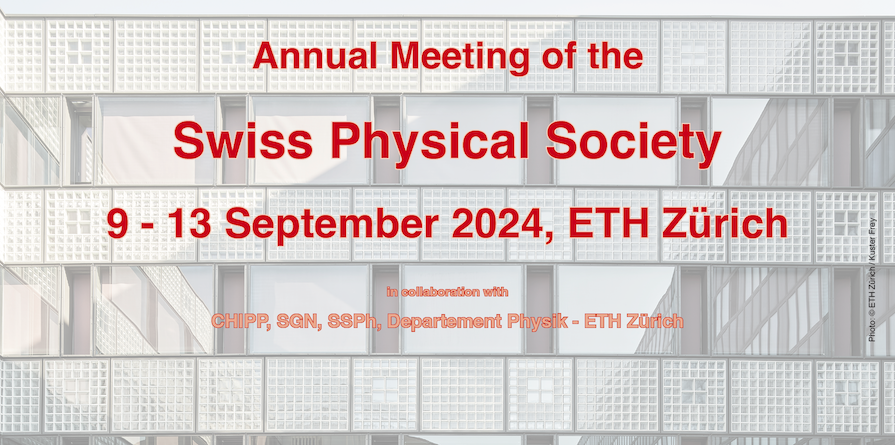The electrical energy system is in a transition from traditional resources such as nuclear power, hydropower or coal-fired power plants to new resources such as PV and wind. Hence, synchronous machines which give the system a natural inertia are replaced by inverter connected resources. This raises various new challenges that go beyond the variability of the available energy. For example, the...
The Swiss Federal Council as well as many other governments set the ambitious goal to reach net-zero greenhouse gas (GHG) emissions by mid of the century. As the required systemic and societal transitions will take decades, urgent action is imperative, as highlighted by the recent IPCC Report. Despite the well-defined target, many questions remain concerning transition pathways, social...
A safe and sustainable energy supply as well as sustainable material cycles are two of the most urgent needs of our times. In all of these questions material science plays a pivotal role. At Empa we understand material science as an interdisciplinary approach bringing together chemistry, physics, biology and the engineering sciences in order to create innovations of industrial and societal...
As the World’s largest particle physics research laboratory, CERN strives to deliver world-class scientific results and knowledge, while embedding environmental responsibility and sustainability in its activities. This contribution will present CERN’s approach for environmentally responsible research. It will outline the present footprint of the Organization and the current projects, with a...
The climate crisis and the degradation of the world's ecosystems require humanity to take immediate action. The international scientific community has a responsibility to limit the negative environmental impacts of basic research. The HECAP+ communities (High Energy Physics, Cosmology, Astroparticle Physics, and Hadron and Nuclear Physics) make use of common and similar experimental...
